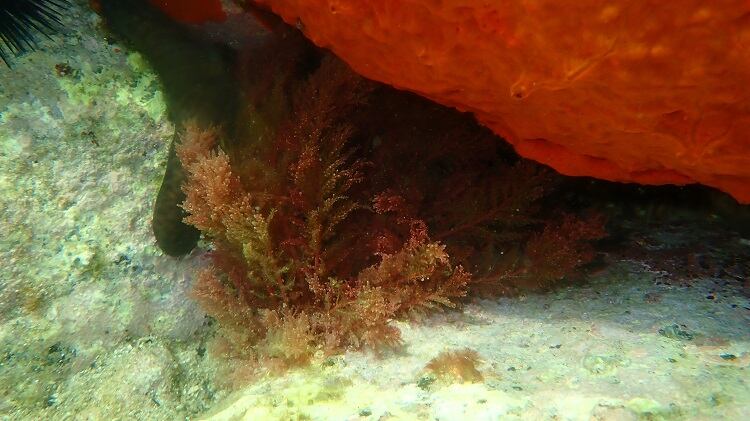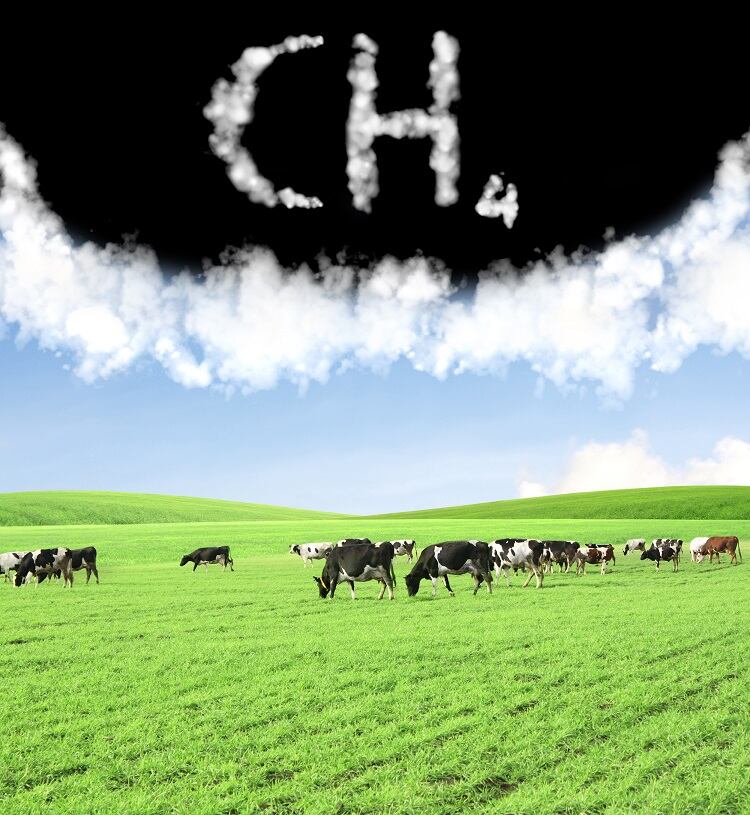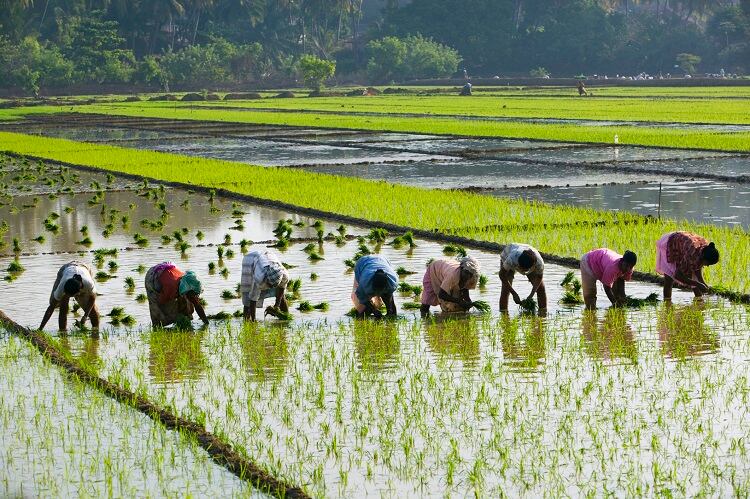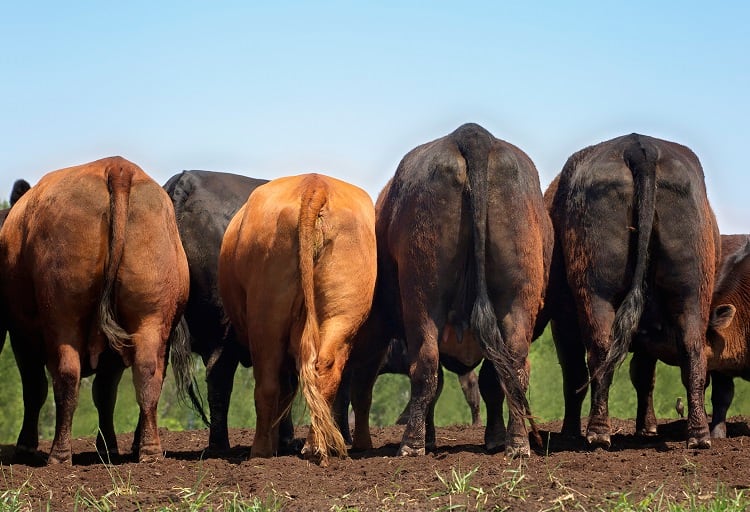Methane is amongst the most potent of the greenhouse gases. The compound is second only to CO2 in contributing to global temperature increases over the last two centuries.
Over the last 40 years, it is estimated that more than 60% of global methane emissions have emerged because of anthropogenic activities. These include fossil fuel exploitation, livestock production, agriculture, and waste.
To limit global warming to 1.5˚C above pre-industrial levels requires significant emissions reductions between now and 2050. According to new research out of Canada, methane mitigation is a key piece of the puzzle.
Published in Nature’s Communications Earth & Environment, the study concludes that global warming levels could indeed be limited to below 2˚C above pre-industrial levels if global-scale methane mitigation efforts are initiative before 2030.
But the same researchers warned that delaying methane mitigation to the year 2040 or beyond would increase the risk of global warming levels exceeding 2˚C above pre-industrial levels, even if net-zero CO2 emissions were achieved.
The pressure is on for industry to reduce its methane emissions, with agriculture accounting for the largest source of anthropogenic methane emissions. Rice cultivation and keeping ruminant animals, such as dairy cows, are two major contributors.
Looking to the latest research, what options are, or could be in the future, on the table for these players of the agri-food sector?
Reducing methane production with red alga
Approximately a third of all anthropogenic methane is emitted by ruminant livestock, such as cows, sheep and goats. These animals produce methane in two ways: through belching, and from the decomposition of their manure under certain conditions.
In Sweden, researchers believe they may have found a way of significantly reducing methane production from manure decomposition by looking to ingredients in the sea.
In a study published in Frontiers in Sustainable Food Systems, the researchers investigated adding the topical alga Asparagopsis taxiformis (AT) – otherwise known as red sea plume – to cows’ faeces.
The red algae species contains the compound bromoform, which mitigates methane by blocking the process through which the gas is generated. AT is considered the most promising natural methane inhibitor.
“We showed that adding AT to the faeces of dairy cows significantly reduced methane production from the faeces by 44% compared to faeces without AT,” said Mohammad Ramin, an animal science researcher at the Swedish University of Agricultural Sciences. “It also turned out that methane production from faeces of cows that had been supplemented with AT in their diet was not lower than from the faeces of cows that had not been fed the alga.”
This study is not the first to investigate the use of red sea plume alga as a tool for reducing methane emissions associated with livestock. Indeed, according to Ramin, there have been ‘many’ studies using the alga in dairy cows’ diets to reduce enteric methane production. But this is the first to report on the decrease of methane emissions from manure.
The issue is that adding AT to cows’ feed can come with side effects, due to the high iodine content within AT. Research has shows that if cow feed is supplemented with AT, iodine levels in milk increase, which when consumed, can also raise iodine levels in humans.

The researchers believe their results to be promising, but point out that their pilot study used faeces from just four cows. Future studies should increase the number of cows from which manure is collected, they suggest. And more studies would be necessary to investigate the interactions between the halogenated compounds of the alga and the faecal microbiome.
Editing microbes in the cow’s gut with CRISPR
Another way methane reduction is being explored for the livestock industry is via genome-editing tool CRISPR. This project is focused on the methane associated with cows belching.
Methane emitted in cow burps comes from gas-producing microbes in the gut. Researchers at University of California, Davis, are teaming up with UC Berkely and UC San Francisco on a project aimed at engineering those microbes to produce less methane before they are burped out.

The initiative, founded by TED’s Audacious Project, will use CRISPR genome editing and genome-resolved metagenomics to complex microbial communities such as microbiomes. CRISPR technology edits genes by precisely cutting DNA and then letting natural DNA repair processes to take over.
“We’re trying to come up with a solution to reduce methane that is easily accessible and inexpensive, without restrictions or limitations, and that can be made available not only to California but globally,” said UC Davis associate professor Matthias Hass.
Together with UC Davis professor Ermias Kebreab, the duo wants to one day be able to deliver oral treatments to calves to intervene in their microbial systems at an early stage and reduce methane emissions for the rest of their lifetimes.
The dream is hypothetical for now, but early studies do offer hope it could eventually become a global practice.
“Engineering microbes directly where they live, without the need to isolate them, has not been done yet because there is no tool to do it. Now, with UC Berkely, we will be developing those tools,” said Kebreab.
Reducing methane from rice production
But ruminants are not the only causes of methane emissions within the agri-food system. Rice is estimated to be responsible for 10% of global methane emissions, and as much as 33% of Southeast Asia’s contributions. It is also a contributor to nitrous oxide and carbon dioxide emissions.
How does methane production occur in rice? When soil is flooded, as it is in rice production, low-oxygen (anaerobic) conditions are created in which methane-producing bacteria thrive.
The rice uses a ‘chimney-like’ plant tissue known as aerenchyma to allow oxygen to move down into the roots. The methane-producing bacteria in the soil use the same tube to send methane up into the atmosphere.
Recent research published in the journal All Earth from researchers at the Alliance of Bioversity International and CIAT found that the transition to low-emission rice production systems can be accelerated.
Their research investigated using differences in productivity and root qualities to breed a variety of rice that can maintain current yields, but lower overall greenhouse gas emissions. Exploiting and further developing hybrid crop breeds that take advantage of such differences and other above-ground plant anatomy on methane emissions is needed, they stressed.
Although the higher yielding hybrids studies were found to have higher absolute methane emissions than current varieties, they actually produce similar methane per grain of rice. The suggestion here is that by adopting rice hybrids, farmers can achieve food security goals without significantly increasing the methane emission per grain of rice compared to lower yielding varieties.
“We must acknowledge that it’s not easy to reduce methane emission and maintain productive rice systems, but our results suggest that there is hope,” said María Fernanda Álvarez, rice programme leader at the Alliance of Bioversity International and CIAT and one of the authors of the paper.

To develop the next generation of low-emissions varieties, further research into the physiology of the plants is needed, according to Ngonidzashe Chirinda, a professor of sustainable tropical agriculture at Morroco’s Mohammed VI Polytechnic University, a co-author of the paper and an expert in the greenhouse gas impact of agriculture.
Community buy-in is also required and the potential to certify emissions reductions in the future – so that farmers are compensated for lowering emissions while maintaining or increasing their harvest – should be explored, Chirinda believes.
“To scale up, you need to incentivise the farmers to implement the good practices and if you can get a rice that is low emitting, but high yielding, they can achieve both goals. Everyone wins: the farmer wins, the environment wins and the future wins.”
Sources: Nature: Communications Earth & Environment
‘Delaying methane mitigation increases the risk of breaching the 2˚C warming limit’
Published 12 July 2023
DOI: 10.1038/s43247-023-00898-z
Authors: Claude-Michel Nzotungicimpaye, Alexander J. Maclsaac and Kirsten Zickfeld.
Fronters in Sustainable Food Systems
‘Reducing methane production from stores feces of dairy cows by Asparagopsis taxiformis’
Published 13 July 2023
DOI: 10.3389/fsufs.2023.1187838
Authors: Mohammad Ramin, Juana C. C. Chagas, Yash Pal, Rebecca Danielsson, Petra Fant and Sophie J. Krizsan.
All Earth
Potential of rice (Oryza sativa L.) cultivars to mitigate methane emissions from irrigated systems in Latin America and the Caribbean
Published 9 May 2023
DOI: 10.1080/27669645.2023.2207941
Authors: Paul Aboyomi Sobowale Soremi, Ngonidzashe Chirinda, Eduardo Graterol and Maria Fernanda Alvarez.


